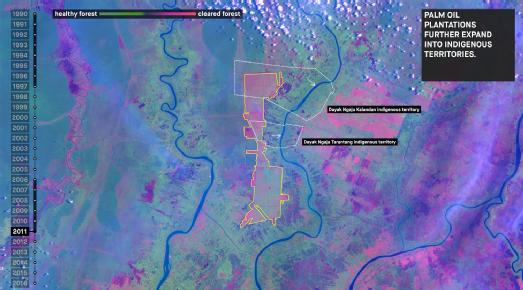Dr Patrick Brian Smith Case Study
Mediated Forensics: Documentary’s New Evidentiary Turn
New technologies and aesthetic practices are reshaping the role nonfiction visual culture can play in exposing state violence and violations of human rights.
The role of media collectives in a post-truth world
Dr Patrick Brian Smith, who undertook his PhD at Concordia University in Montreal, Quebec, will join Warwick’s Department of Film and Television Studies to undertake a Fellowship entitled “Mediated Forensics: Documentary’s New Evidentiary Turn.” His Fellowship will focus on the new media practices being developed by groups of artists, researchers and media collectives such as Forensic Architecture, SITU Research, WITNESS, Mnemonic, Bellingcat, INDEX, Videre est Credere, VFRAME and the Digital Forensics Research Lab.
Visual and technological practices in non-fiction media
Dr Smith will examine how, within a political and cultural epoch marked by “post-truth” and “post-representation” discourses, these groups have developed new visual and technological practices that aim to reassert the role of non-fiction visual media forms to speak the truth and fight against political, economic and humanitarian abuse. Post-truth politics refers to circumstances in which objective facts are less influential in shaping public opinion than appeals to emotion and personal belief.

Still from Forensic Architecture’s investigation “Ecocide in Indonesia,” which aimed to “establish the causes and consequences of fires in the Indonesian territories of Kalimantan and Sumatra in 2015, which consumed over 21,000 square km of forest and peatlands.”

A still from Laura Poitras and Sean Vegezzi’s “Deathtrap on the East River,” documenting a public health emergency and Covid-19 conditions on a prison ship in the South Bronx, New York. The video depicts chemical agent use, ‘enhanced restraints,’ protests and quarantines on-board.
Political potentialities, convergences and radical collaborations
Drawing on, and adding to, documentary, new media, and human rights scholarship, the project will examine the political potentialities of new modes of non-fiction media. Within these modes of practice, new technologies and representational practices of evidentiary and forensic analysis—including 3D modelling, virtual reality simulations, photogrammetry, cartographic regression, amongst others—are taken up to help unearth and (re)present various forms of raw evidentiary material. These practices attempt to reveal and forensically examine various formations of socio-political injustice and violence: humanitarian crises, sovereign violence, late-capitalist exploitation, police/state abuse, colonial atrocities, genocide and miscarriages of justice, to name a few.
Moreover, the modes of presentation and exhibition taken up by these collectives—such as immersive VR documentaries, interactive web platforms, open source databases and gallery-based installations—suggest that there is an attempt to bypass traditional avenues of news dissemination and circuits of jurisprudence. Consequently, new forms of public engagement and collective action are being fostered.
Ultimately, the project argues that the new technological and aesthetic strategies being developed and utilised by these groups are radically reshaping investigatory methodologies and collaborative practices across contemporary human rights, documentary, and new media practice. Therefore, the project will examine the radical convergence of different investigatory modes and aesthetic-political dispositions across these diverse fields of practice.
